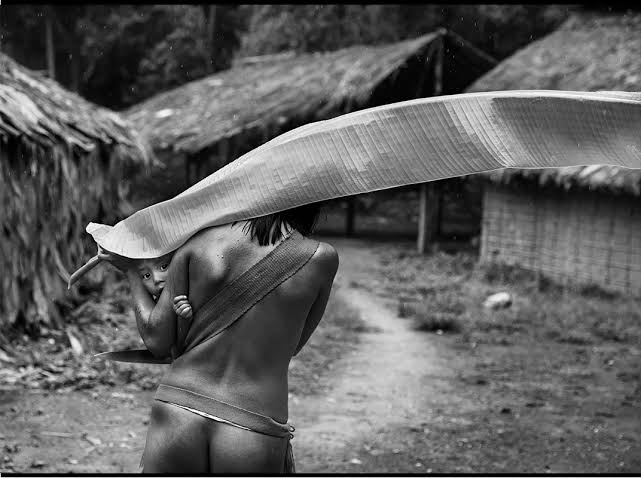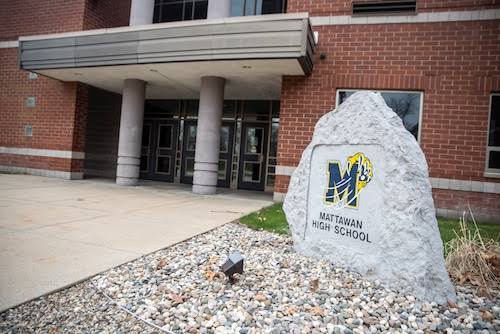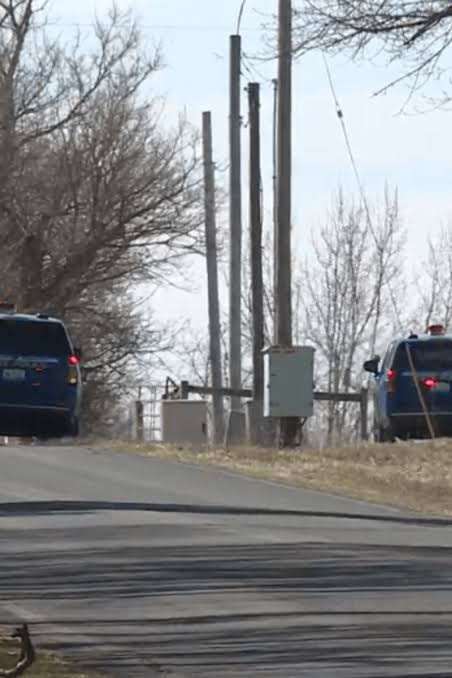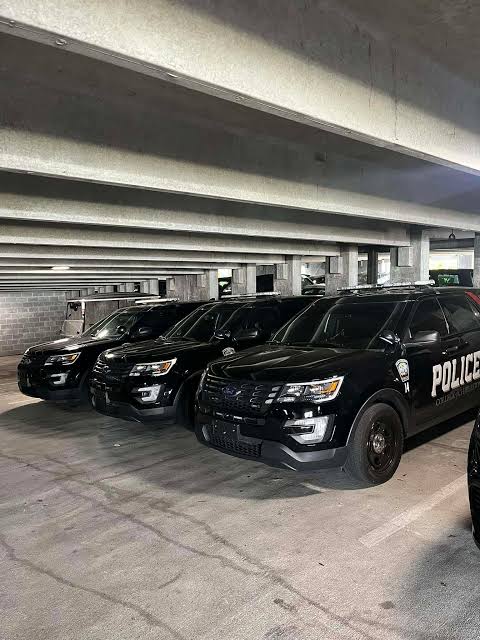
After seeing the forest, Sebastião Salgado is now able to see the trees.
The spot Sebastião Salgado wants me to see is a few minutes up a fire road, on a ridge he used to reach on horseback. We go there by SUV. The road is red dirt and the forest is young, but already its trees tower above us, and they cast a blessed shade. The legendary photographer, now 71, gestures out the window at the broccoli-top canopy of a pau-brasil, or brazilwood, the species after which his country is named. We grind uphill past a few peroba, a valuable hardwood that had been left uncut by his father, who bought this land in the 1940s. Salgado takes note of a patch of invasive brachiaria grass that has flared up in a sunny spot. The road jogs left, and suddenly we park.
A fence line traces the long ridge. Salgado holds open the barbed wire so I can slip under, then follows, in the process cutting his index finger, which he sticks in his mouth as we traverse the slope. We stop and take in the sweep of the land. The contrast is stark, almost too obvious. On one side of the fence, his neighbor’s ranch is a latticework of cow paths, its ankle-high grass yellowing in the sun, its steep slopes ripped by landslides because the trees are gone. The land’s condition isn’t helped by the fact that Brazil is in the throes of a megadrought, its worst in nearly a century. But on the other side, the side we came from, there is only green: replanted forest stretching as far as the eye can see.
Salgado and his wife, Lélia, call their side of the fence Instituto Terra. They don’t own the property anymore. Today it’s a federally recognized nature preserve and a nonprofit organization that raises millions of tree seedlings in its nursery, trains young ecologists and welcomes visitors to see a forest reborn. But it’s also where Salgado grew up, a 1,750-acre former farm in the state of Minas Gerais 70 miles inland from Brazil’s Atlantic coast, in the Maine-size valley of the Rio Doce, the Freshwater River. It was once remote. In the 1950s, its road to the outside world was a dirt track along the river that was muddy and impassable six months out of the year. Coffee came down from the hills via mule train. Ranchers drove cows and pigs to the slaughterhouse on horseback a five-day ride. The Atlantic Forest, second in biodiversity only to the Amazon, with nearly as many tree species in a single acre as are found on the entire East Coast of the United States, covered half the farm and half the Rio Doce Valley.
Salgado had no camera then he didn’t take up the craft that would make him famous until his late 20s but he believes this landscape first taught him photography. In the afternoons in the rainy season, thunderheads piled on top of each other and sunbeams pierced dramatically through. “It is here where I learned to see the light,” he told me.
Gradually, Salgado’s father, a stern man who was by turns a pharmacist, a mule-train driver, a baker and a farmer, cut down the forest. Like farmers across Brazil, he sold the wood, burned the slash and planted African grasses to feed cattle. Over time crept a desert of cracked dirt that could barely support a single cowherd. The Atlantic Forest as a whole shrank to less than 10 percent of its original size; in the Rio Doce Valley, it shrank to 4 percent. In the 1980s, the year-to-year destruction of Brazil’s forests was so severe that the whole world newly empowered with satellite imagery watched in horror, and the country became shorthand for a new era of global environmental decay.
Today the landscape has taken on another meaning. In the 1990s, Salgado’s parents gave the land to Sebastião and Lélia, and they began to replant it. Instituto Terra is the Salgados’ argument that ecological degradation need not be absolute. To visit the fence line at the top of the ridge or to see aerial photos of the land taken a decade apart, one “before” and one “after” is to understand that a kind of miracle has taken place.
Salgado left the farm in 1959, when he was 15 years old, and got on a train. His destination was a boarding school in Vitória, a coastal city of about 85,000 at the end of the line. There he rented a house with a half-dozen schoolmates and took turns managing its meals and finances. He learned he was good with numbers. He met a girl, a sophisticated Vitória native named Lélia Wanick, who found the boy from the interior intriguing in part because he always wore the same clothes a pair of khaki pants and a blue linen shirt yet somehow kept them perfectly clean. (It turned out that Salgado’s father, ever practical, had bought two big rolls of cloth, and Salgado arrived in the city with 15 identical pairs of pants and 24 identical shirts.)
Brazil was industrializing at a breakneck pace. Factories sprang up in Vitória and in the suburbs rising around it. Ships filled the port. Sebastião and Lélia watched as rural migrants flooded the city, becoming the bottom of the new economic pyramid the new urban poor. Together with many of their friends the couple became leftists. In the wake of Brazil’s 1964 coup, which began two decades of military dictatorship, they joined a Marxist-leaning political movement called Popular Action. They married and moved to São Paulo, where Salgado earned a master’s degree in macroeconomics, an emerging field that he hoped would help solve his country’s social ills. As the government’s repression deepened, their friends and comrades were arrested. Some were tortured. Some disappeared.
“We knew it was getting dangerous,” Lélia says. “We could feel it.”
Salgado’s work always had a social documentary cast, and soon he was crisscrossing the globe Niger, Mozambique, Australia, Bangladesh, Bolivia, Kuwait on assignments for magazines. He traveled by jeep or on foot. He slept in huts and tent camps. To communicate with his family his sons Juliano and Rodrigo were born in 1974 and 1979, respectively he posted airmail and sent telegrams. With Lélia he conceived and produced long-term projects that captured the human face of a world in transition: workers, migrants, victims of war and genocide and famine on five continents.






